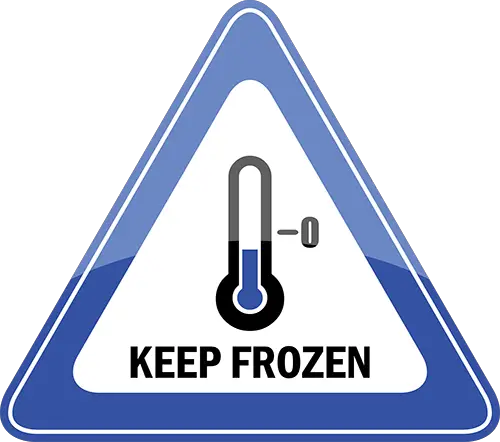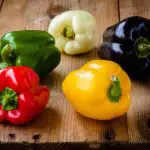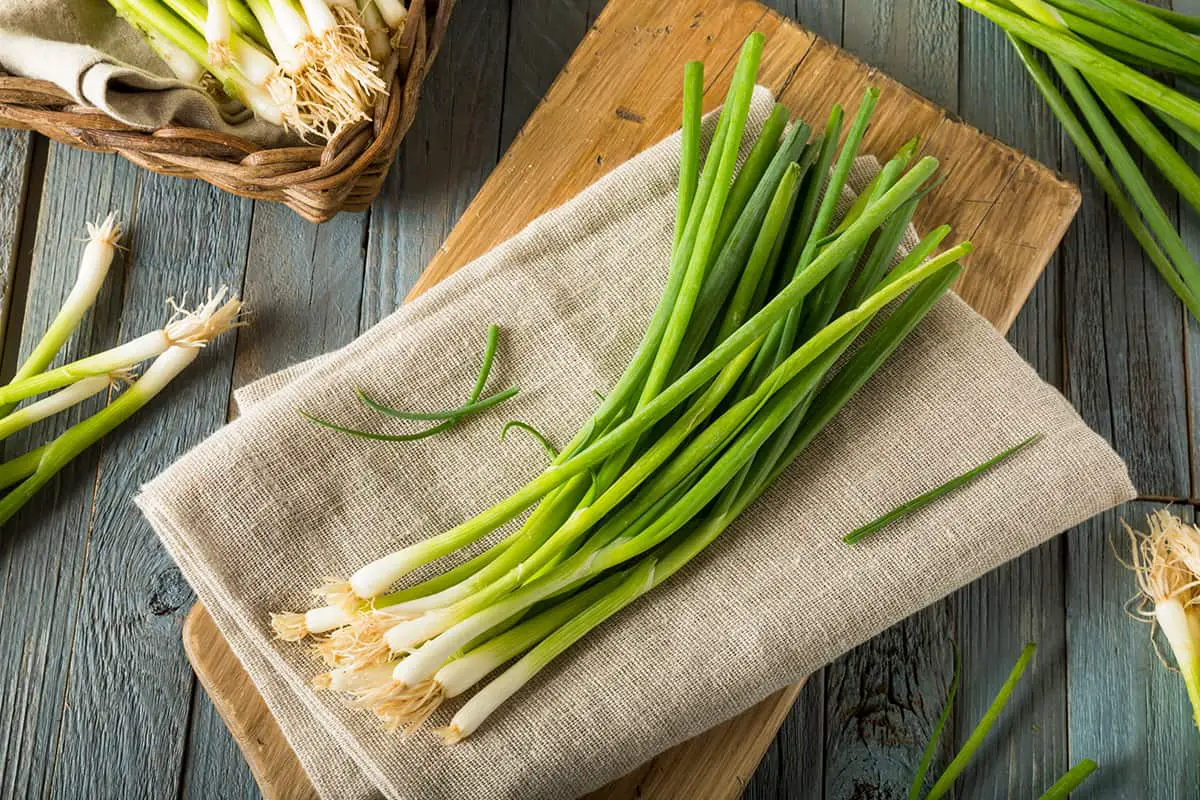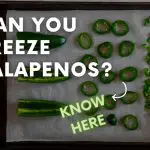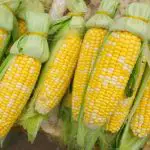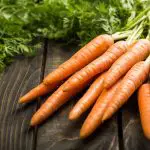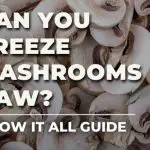How to Freeze Onions and Peppers (Quick & Easy Guide)
If you are keen to avoid food waste, you are probably a big fan of freezing vegetables. However, you might be wondering how to freeze onions and peppers effectively so that they retain a great texture and flavor.
You can freeze onions and peppers in whatever sizes you like, but many people choose to chop them and prepare them as they would if they were going to cook with them. This means that you can simply add them to your meals. Both onions and peppers should be frozen on trays to prevent them from sticking together.
Being able to freeze onions and peppers so that they taste great and have a good texture is important. It also helps if you freeze them in a way that will make them super convenient to use when you are ready! With that in mind, let’s look at the best way to freeze onions and peppers.
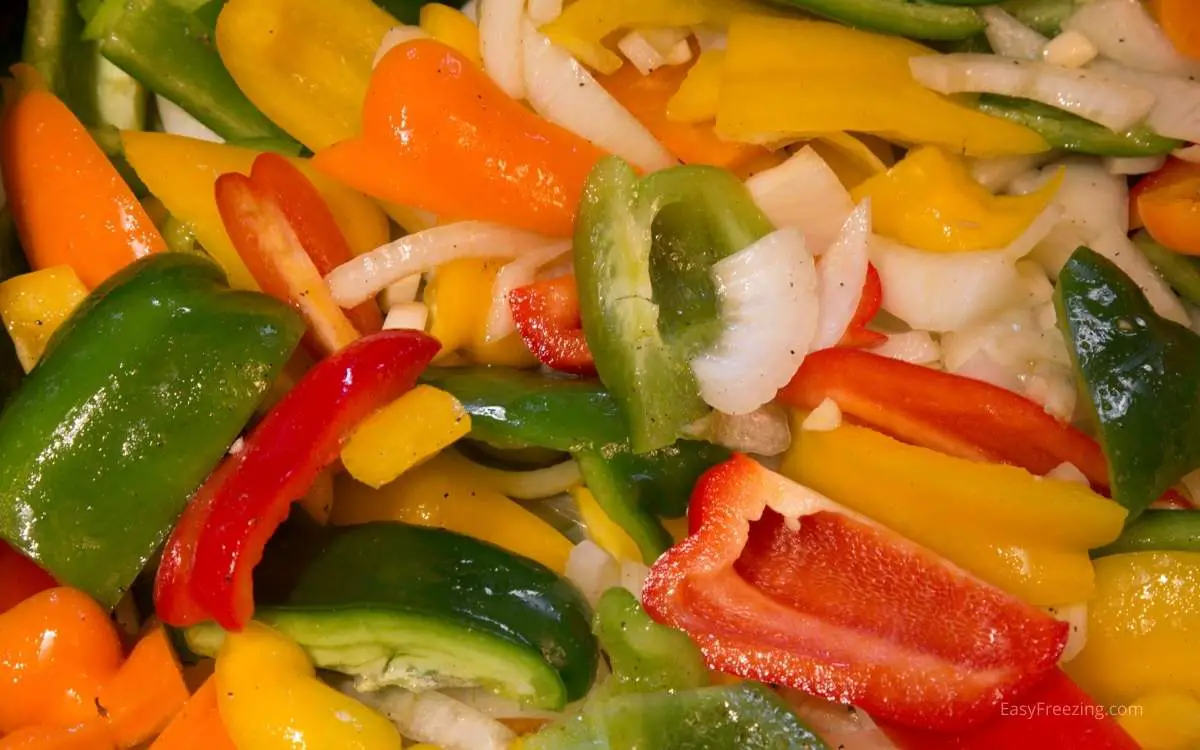
Do Onions And Peppers Freeze Well?
Both onions and peppers will freeze well, and this can be a great way to do some meal prep in advance, or prevent them from getting wasted if they are going past their best.
Once you have frozen them, both onions and peppers should keep for somewhere between 6 months and a year, although you may notice that the quality deteriorates if you store them for too long. Try to cycle the containers so that you are always using up old vegetables first, and adding new ones to the back of the freezer.
You should be aware that once frozen, neither onions nor peppers are great for using fresh. They are better for cooking with, as they will lose their crispiness once frozen.
Step 1) Wash The Peppers And Peel The Onions
You should start by thoroughly washing the peppers in cool water to remove any dirt from their surface. You can use a little soap if you like, but make sure you rinse it all off.
Take the opportunity to remove any bad bits or parts that have turned mushy, as they will not fare well in the freezer, and could contaminate the rest of the pepper. Cut them off using a sharp knife and compost them.
You do not need to wash the onions, but you should peel them. Use your sharp knife to cut the ends off the onion first, as this will make it easier to pull the skins off. Peel all of the skins off the onions you wish to freeze.
Step 2) Cut The Whole Onions and Peppers in Half
Next, you need to cut the vegetables in half. You can remove the stem of the pepper and the seeds at this point too. Compost both of these.
Cut your onions into halves. You can freeze the vegetables like this if you choose to, but it isn’t usually the best form in which to freeze them. If you freeze them in halves, you will have to wait for them to thaw when you are ready to use them, or you won’t be able to cut them up.
If you do wish to freeze them in this stage, place them in sealable containers and put them in the freezer, and you’re done! However, it would be better to prepare them for cooking instead, so move on to the next step.
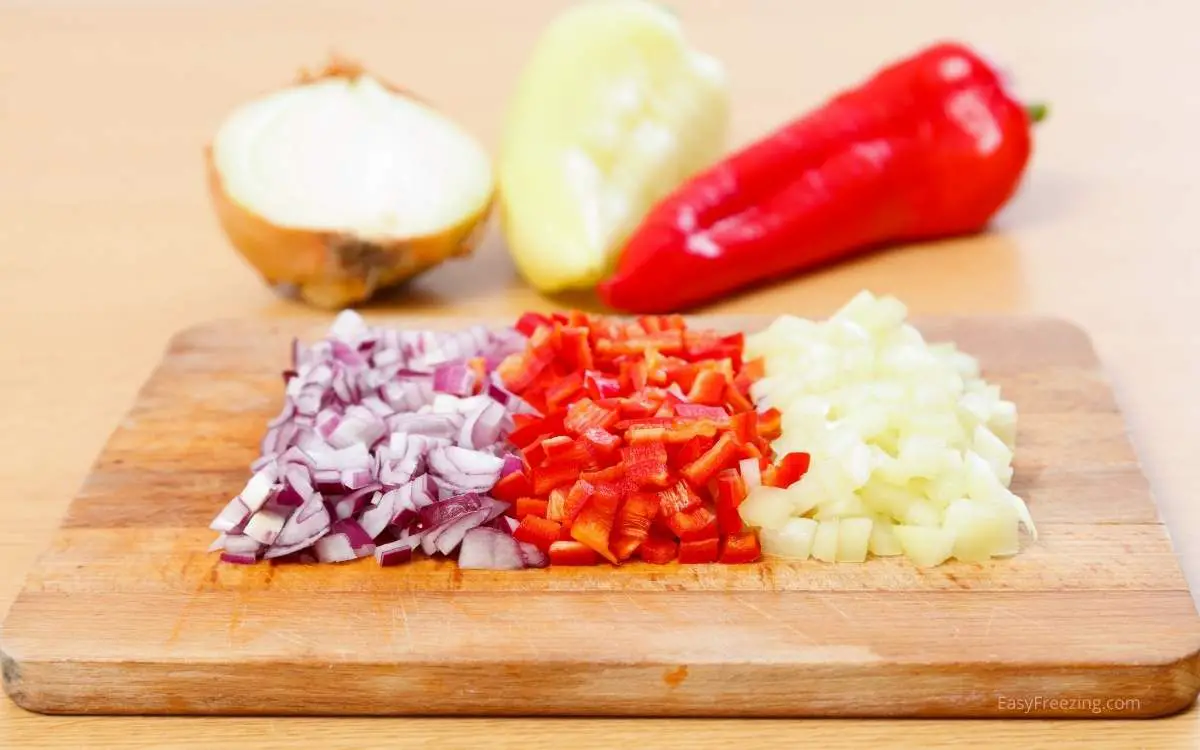
Step 3) Slice Up The Peppers and Onions
You should now cut the vegetables up into small pieces, ready to be used in meals. The smaller you cut them, the more versatile they will be, but it takes much longer to do this, so you may wish to opt for larger pieces instead.
Step 4) Spread The Cut Up Onions & Peppers on Trays
Get some flat baking sheets, cutting boards, or another flat surface that you can place in your freezer. If these can be stacked, they will work better and save you space in the freezer.
Once you have some suitable trays, spread the sliced onions and peppers on them. You want to space the vegetables out as much as possible, particularly the peppers.
Peppers contain lots of water, so when you put them in the freezer, they are very likely to stick together into large clumps. Even onions contain some liquid, which is likely to freeze the pieces into large blocks.
This will make it very hard to use the vegetables because you will not be able to just take out the amount that you want. Big lumps are difficult to break up into pieces and will not be useful in your meals. You, therefore, need to make sure this doesn’t happen.
Spacing the vegetables out on the tray will make sure that you can just take what you need when you are ready to cook with them.
If you don’t want to space the vegetables out on a tray, put them into small containers that just hold one portion’s worth of each vegetable, so it doesn’t matter if they stick together.
Step 5) Freeze The Onions and Peppers
Next, put your vegetables into the freezer. It is fine to stack the trays up (if you are using them), because you aren’t going to leave the onions and peppers on them once they have frozen.
Leave the trays to fully freeze. Depending on the quantities of vegetables you have prepared, this may take a few hours, but it is usually fairly quick because the vegetables are in a single layer. Make sure they are frozen before you move on to the next step.
Step 6) Transfer The Onions and Peppers To Containers
You can now tip the vegetables into reusable containers, and they should not freeze together, because all of the liquid will already be frozen. You can use any containers that suit you. Some people like to freeze their onions and peppers in small bags, while others prefer plastic containers.
It is best to freeze the onions and peppers separately, even if you usually use them together. This makes them more flexible and means that you can have just onions or just peppers if you choose to.
Try to keep them in fairly small quantities. If your freezer does get accidentally thawed at any time, this prevents you from ending up with a huge, unusable block of onion or pepper.
You should not leave the onions and peppers on the trays that you have frozen them on, even if this is convenient with your freezer setup. The vegetables are likely to get freezer burn if you leave them exposed to the air, and this will ruin the texture and possibly even the flavor.
They, therefore, need to be put in an airtight container as soon as they are frozen.
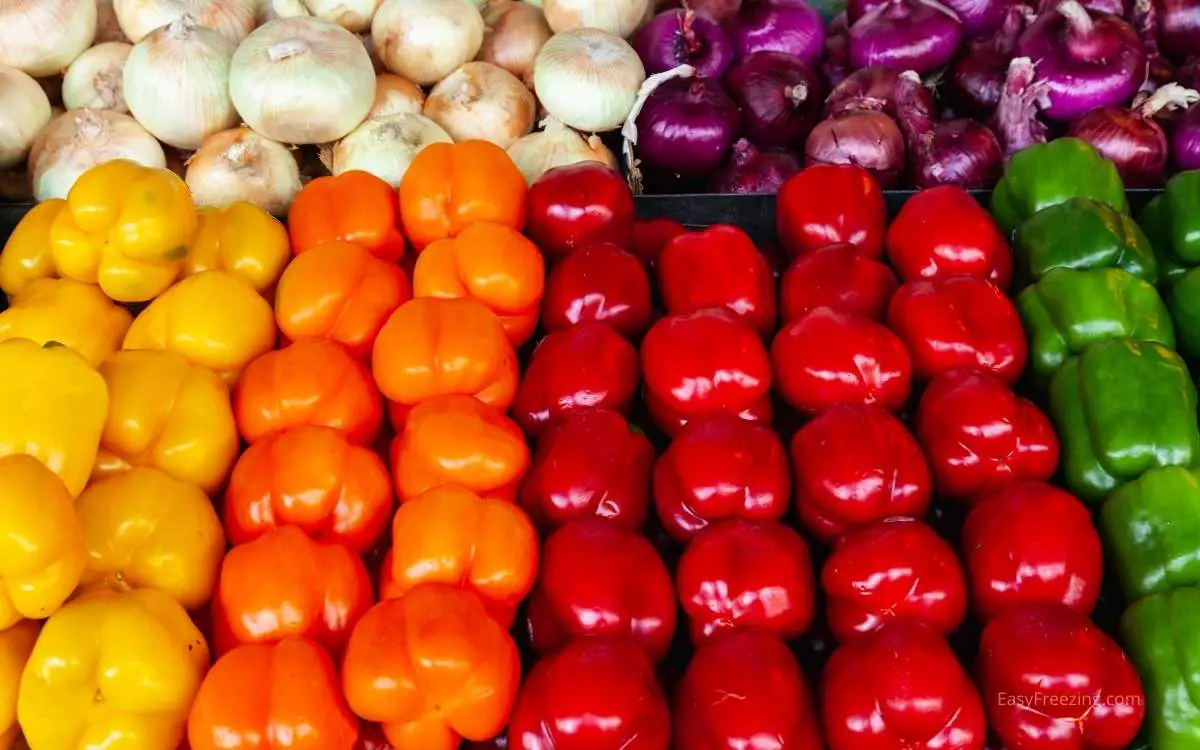
Step 7) Using The Frozen Onions and Peppers
When you are next cooking a dish that you want onions or peppers in, remove the relevant container from the freezer and gently break off the quantity that you want. If it won’t break easily, bang the container firmly against the counter to separate a chunk from the rest of the vegetables.
You can then place this in a dish on the counter to thaw or add it directly to your cooking.
Be careful about adding frozen onions or peppers to hot oil, however, as this may cause some spitting to begin with. It should soon stop, and then the onions or peppers can be thawed in the pan and will cook as normal once they have defrosted.
This can make cooking much quicker and easier, and many people choose this option for speeding up weekly dinners and reducing their food waste. It’s particularly effective if you are cooking for one person, and so rarely need to use whole vegetables, or if you buy your vegetables when they are on sale.
How to Freeze Onions and Peppers – Conclusion
Freezing onions and peppers is a simple process that anyone can do if they have a bit of room in the freezer, and it makes cooking big meals more efficient. You can simply toss these in a pan when you are ready to cook with them, and they will defrost while the meal cooks.
